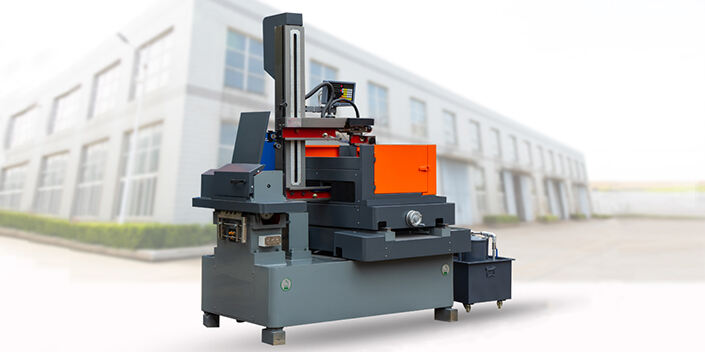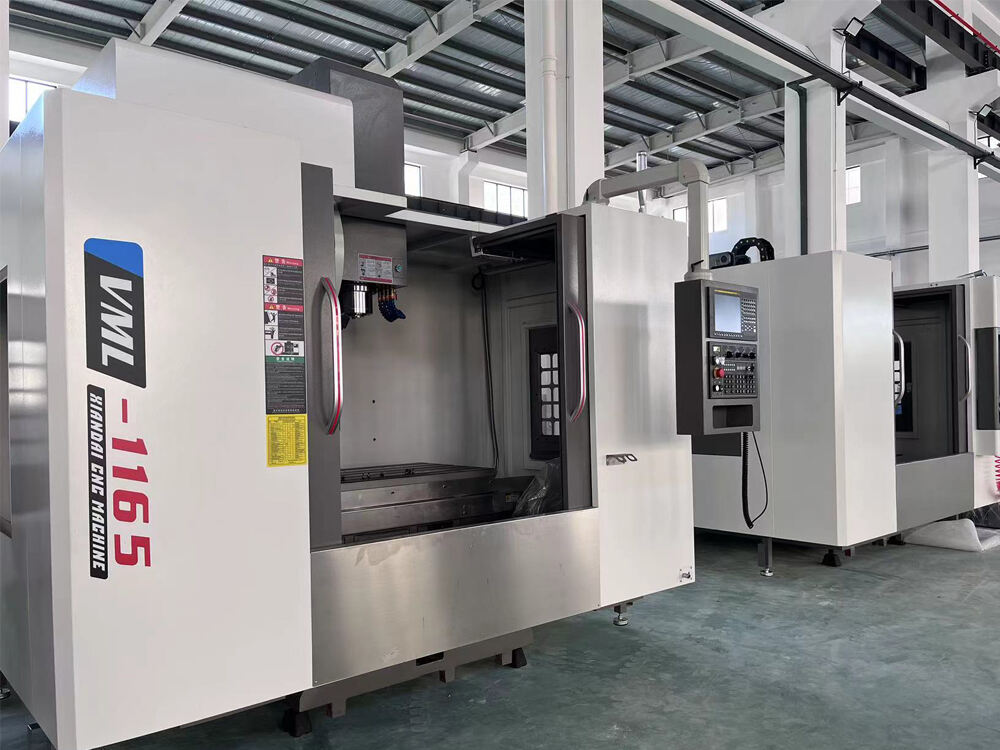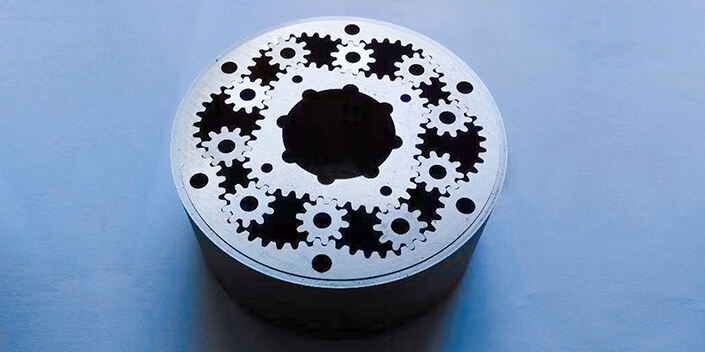How EDM Wire Cutting Achieves Ultra-Fine Features
The Science of Spark Erosion
Spark erosion is fundamental to achieving ultra-fine features with EDM wire cutting. This process leverages short, high-voltage electrical pulses to vaporize material, enabling the creation of incredibly detailed features in various materials without the use of mechanical cutting tools. Unlike traditional machining, spark erosion can produce complex geometric shapes while minimizing wear on tools. Precision engineering benefits greatly from this process, as studies have shown that spark erosion can achieve tolerances as tight as ±0.001 mm. Such precision makes it indispensable for industries requiring fine detail, such as aerospace and medical device manufacturing.
Role of Dielectric Fluid in Precision
The dielectric fluid plays a crucial role in maintaining precision in EDM wire cutting by acting as an insulator that cools the electrode and workpiece. This cooling effect prevents excessive heat buildup, which could otherwise degrade machining quality. The type of dielectric fluid chosen can significantly impact the outcome; oil-based fluids provide superior lubrication, enhancing the finish and precision of the cut, while water-based fluids are more cost-effective. The dielectric fluid's properties also influence spark generation, directly affecting the efficiency and accuracy of the wire EDM process, thereby enhancing overall machining quality.
CNC Control for Microscopic Accuracy
CNC control systems are integral to achieving microscopic accuracy in EDM wire cutting. These systems allow for highly automated control over the wire path, enabling intricate and detailed cutting. Advanced software algorithms within CNC systems facilitate real-time adjustments to cutting parameters, ensuring consistent quality across all operations. Research highlights that the integration of CNC capabilities can enhance productivity by as much as 40%, primarily by speeding up the prototyping stage of complex parts. This automation and precision collectively improve the efficiency and effectiveness of EDM machines in producing detailed components.
Wire Electrode: The Cutting Tool
The wire electrode is a pivotal component in wire EDM machines, significantly influencing the accuracy of cuts. Typically made from materials like copper or brass, these wires boast excellent electrical conductivity, which is vital for effective spark generation. The diameter of the wire usually ranges from 0.1 to 0.3 mm, with thinner wires offering greater fidelity, thereby allowing for intricate details and reduced kerf in the machined parts. Regular measurement of the wire's wear rate is crucial; excessive wear can degrade performance and finish quality, leading to potential inaccuracies in the final product. This highlights the importance of using high-quality wire suited to the specific demands of each machining task.
Guides & Tension Systems for Stability
In wire EDM machines, stability is essential for maintaining precision throughout the machining process. Wire guides play a crucial role by keeping the wire aligned, ensuring that it cuts along the specified path to achieve the desired accuracy. The tension system complements this by adjusting the wire's tautness, which prevents deflection during cutting—a critical factor in determining the quality of the machined surface. Regular maintenance of these systems is necessary to prevent wear and sustain their operational efficiency. By keeping the guides and tension systems in optimal condition, manufacturers can ensure consistent performance and high-quality outputs.
Advanced Power Supply Configurations
The power supply configuration in a wire EDM machine directly affects the speed and quality of cutting by controlling the pulse of electrical discharges during spark erosion. Advanced power supplies, such as Variable Power Supply systems, offer the ability to adapt to varying machine conditions and different materials, thereby optimizing performance. Well-tuned power configurations can enhance overall machining efficiency by ensuring consistent spark generation, which is crucial for precise cuts. Research has shown that properly configured pulse settings can lead to improved machining performance, making them an invaluable asset in achieving high-quality, efficient cuts in complex machining tasks.
Key Advantages for Complex Machining
Zero Mechanical Stress on Workpieces
Wire EDM machines offer a distinct advantage as they do not apply any mechanical stress on workpieces. This feature ensures the preservation of the structural integrity of the materials, which is especially crucial for delicate components. Consequently, the risk of warping, cracking, or dimensional alterations is significantly minimized. Experts in the field assert that by eliminating mechanical stresses, the longevity of workpieces can be extended due to reduced fatigue. This attribute makes wire EDM an ideal choice for applications where maintaining the original material properties is paramount, especially in industries that handle sensitive and high-precision parts.
Machining Hardened Metals Effortlessly
Wire EDM technology excels in processing hardened metals like steel and titanium, which often pose challenges for traditional machining methods. One of the primary reasons is the minimal tool wear associated with EDM, as there is no direct contact with the workpiece. This leads to lower operational costs and enhanced efficiency, as noted in several industry metrics. According to research, EDM remains one of the select few methods capable of addressing complex geometries in hard materials effectively, making it indispensable in sectors like aerospace and medical devices that demand high precision and durability.
Sharp Corners and Sub-Millimeter Details
The precision offered by EDM machines is unparalleled, particularly when it comes to crafting sharp corners and intricate sub-millimeter details. Conventional machining methods often fall short in achieving such high levels of detail and accuracy. EDM's capability to maintain tolerances at a sub-millimeter scale makes it an exceptional tool for industries such as aerospace and medical, where detail and precision drive product quality and competitiveness. Findings from case studies within these industries further illustrate that the intricacies achieved through EDM processes contribute to higher product quality and market competitiveness, underscoring its vital role in modern manufacturing.
Industry Applications of Wire EDM Precision
Aerospace Turbine Blade Fabrication
Wire EDM is increasingly becoming an indispensable tool in aerospace turbine blade fabrication. Its unparalleled ability to create complex, aerodynamic shapes makes it ideal for this application, as the aerospace sector requires rigorous tolerances to function reliably under high-pressure conditions. Statistics reveal that the introduction of wire EDM has led to a notable decrease in manufacturing lead times, by up to 30%, improving production efficiency and responsiveness within the industry. This precision machining technique ensures each blade meets exact specifications, enhancing the overall performance of aerospace engines.
Medical Device Micro-Components
The precision offered by wire EDM makes it vital for producing micro-components used in medical devices. The need for exact specifications, especially for intricate geometries, is critical in the medical field. Wire EDM achieves consistent biocompatibility and precision necessary to meet strict regulatory standards, which is paramount for patient safety and device efficacy. Research indicates a growing demand, projected to increase by over 10% annually, for such precision within the medical sector, underscoring the vital role of wire EDM in advancing medical technology.
High-Tolerance Tool & Die Production
In the realm of tool and die production, wire EDM is preferred for its ability to meet high-tolerance requirements essential for both functionality and performance. The technique enables the production of intricately shaped dies that would be challenging, if not impossible, with traditional machining methods. Reports highlight that utilizing wire EDM has elevated output quality and reduced time to market, making it a valuable asset for manufacturers seeking efficiency and precision. This capability to process complex geometries enhances the competitive edge and operational effectiveness of tool makers, enabling them to sustain high manufacturing standards.





